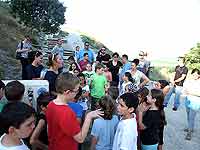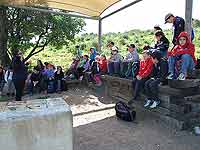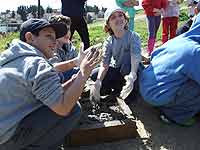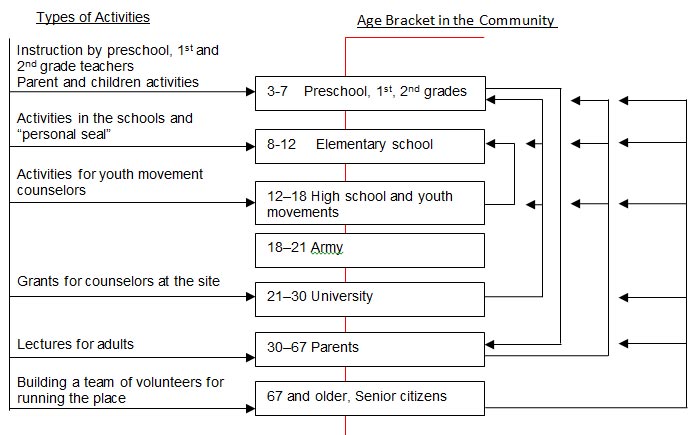Programs for integrating a community in a conservation and protection process of a cultural heritage lead to creating a community core that supports the conservation actions and thus creates broad public support for it (McManamon & Hatton 2000). Programs of this kind require much time, changes in patterns of thinking and in establishing the cognitive changes expected from the community and the local authority to the local heritage as part of its conduct in the present and future. Expanding community involvement from the circle of schools to other involved circles in the community will expedite the process, establish and strengthen the connection between the community and the place, and make the place a part of the community’s.
References
Alon, Azaria 1988. Protecting the Wildflowers. Teva ve’Aretz. Vol. 30 (Hebrew).
Hemo, Eran 2012
Sustainable Conservation Process of Archeological Sites within Local Authorities & Local Communities: a Case Study - Tel Yoqneʽam. M.A. thesis submitted to the University of Haifa (Hebrew).
McManamon F. P. and Hatton A. 2000
Considering Cultural Resource Management in Modern Society.In: F.P. McManmon and A. Hatton (eds.) Cultural Resource Management in Contemporary Society.
Paz, Uzi 2008
Li-Avida uLi-Shamra, Shimrat Teva Bi-Yisrael. Jerusalem (Hebrew).
Tal, Tali 2009
Environmental Education and Sustainability Education. Jerusalem (Hebrew).







.jpg)






